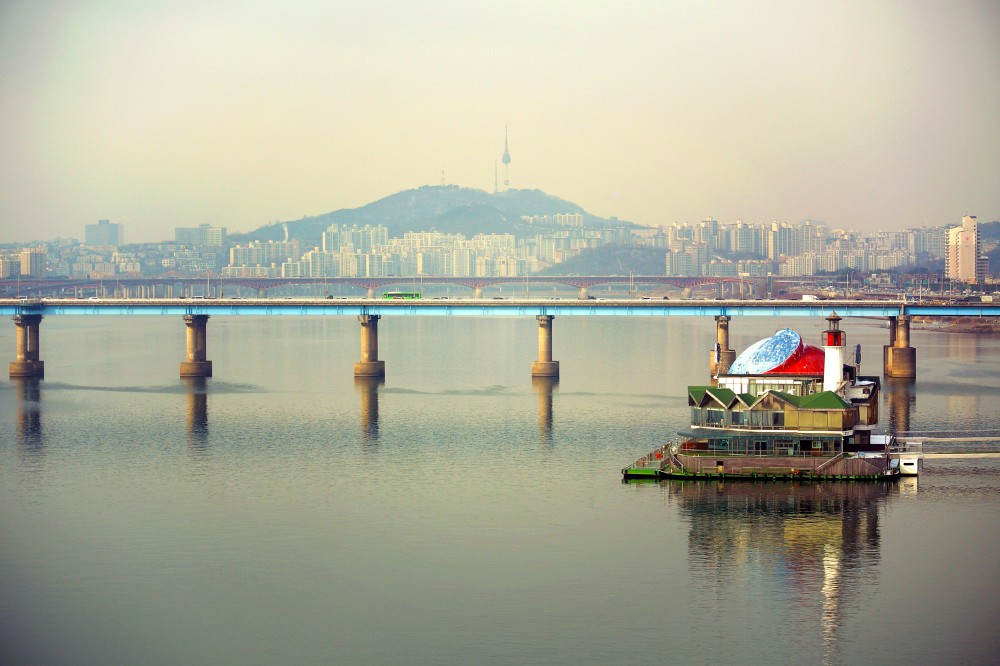Wada Haruki. The Korean War: An International History. Lanham, MD: Rowman & Littlefield Publishers, 2013. 410 pp. ISBN: 978-1442223295. £26.95.
Reviewed by Steven Denney, PhD. candidate at University of Toronto.
There is much to be said about the potential an interdisciplinary approach holds for helping Koreanists go beyond the “origins” debate: a debate on the origins of the Korean War—a question of “Who Started the Korean War?”—finds its roots in I.F. Stone’s 1952 The Hidden History of the Koran War. It was later expanded upon by Allen Whiting, popularized by Bruce Cumings’ Origins volumes, and “corrected” by Park Myung-lim and the researchers affiliated with the Cold War International History Project (Kathryn Weathersby, Alexandre Mansourov et al.). This debate was important. Who started the Korean War —even if the “wrong” question to ask—is emotionally, historically, and heuristically valuable. The debate has, however, run its course and a continued fixation on the origins is analytically counterproductive.
War origins are like critical junctures, an event defined ex post as the starting point for a “path dependent” process. Comparative historical analyses in political science define critical junctures as exogenous shocks of some sort (e.g. war, revolution, colonization). Critical junctures are helpful, analytically speaking, because they give researchers a point upon which to concentrate their analytical gaze. Indeed, “Critical junctures are characterized by a situation in which the ‘structural’ (that is, economic, cultural, ideological, organizational) influences on political action are significantly relaxed for a relatively short period,” write Giovanni Capoccia and R. Daniel Kelemen in their 2007 World Politics article “The Study of Critical Junctures: Theory, Narrative, and Counterfactuals in Historical Institutionalism.” These are those moments in history when big things happen very quickly and are often agent-driven.
However, where critical junctures are valuable for helping researchers find a “starting point” for a path-dependent process, they are not good for “illuminating continuity and change in other important aspects of the [economic, cultural, ideological, organizational] context that may have an important effect on the outcome of interest,” find Tulia G. Falleti and Julia F. Lynch in their 2009 Comparative Political Studies article, “Context and Causal Mechanisms in Political Analysis.” As it goes in political science regarding critical junctures, so it goes for Koreanists and the study of post-colonial Korean history. Continued fixation on the origins has the effect of obfuscating or glossing over other contextual factors that have great explanatory significance. Wada Haruki in his 2014 study, The Korean War: An International History, does justice to other international factors and helps moves scholars beyond.
The book, as the title suggests, is primarily concerned with the Korean War from an international perspective. Wada’s nuggets of new information include a new interpretation of Stalin’s relationship with Kim Il-sung and the war-time North Korean leadership (including Stalin’s approval to purge the Pak Hon-yong faction) based on Soviet documents (Chapter 6). Contrary to previous findings, Wada concludes that Stalin had indeed approved an end to the conflict in 1952. He also adds context to Japan’s wartime participation (pp. 138–139), and the activities of the Japanese Communist Party. Wada also draws significant attention to the destruction wrought by US air power—something Bruce Cumings has sought to draw attention to in the United States.
The layer-upon-layer of facts presented in the book are, of course, interesting, and the elite-centered narrative constructed using telegrams and other communiqués has the impressive effect of giving voice to individuals like Kim Il-sung and Syngman Rhee. However, Wada’s greatest achievement is expanding the remit of the scholars analytical gaze beyond the peninsula and the war’s origins and to the international level, where aspects of the international “context” can be better appreciated. Wada does this in at least three ways.
First, he splits the Korean War into “two” distinct wars: a civil war and a Sino-American war. This may seem a rather minor point, but it is worth noting. Before and after the People’s Volunteer Army (PVA) entered Korea were two entirely different geopolitical contexts (pp. 180–189). The civil war is depicted primarily as early state-building efforts lead by Kim Il-sung and Pak Hon-yong in the north and Rhee in the south. By the time the PVA entered the fighting, Kim Il-sung and Rhee were effectively non-actors (p. 194).
Second, Wada elucidates, within the context of the Korean conflict, the establishment of the Yoshida Doctrine and the conclusion of the US-Japan Security Treaty (signed in San Francisco in 1951), an enormously important (arguably most important) development in the early Cold War era (pp. 172–175). Wada’s analysis here is particularly insightful. As Chalmers Johnson in his work on post-war Japan found, Shigeru deftly out-politicked his US compatriot charged with working with him, John Foster Dulles. By getting the US to provide a security guarantee without having to rearm, Shigeru, Kishi Nobusuke, and others could get busy with economic development. In return, the US got its garrison at Okinawa. Thus was born the “hub-and-spokes” system, based on America’s “unsinkable aircraft carrier” (i.e. Japan).
Lastly, Wada gives recognition to the large processes working in the geopolitical background. He identifies the Chinese Revolution as giving impetus to the breakout of war and inspiring “red scares” on the peninsula and discusses (pp. 83–90; p. 230), throughout the book, the policies which built the foundation of America’s expansionist foreign policy and the early establishment of the “archipelago of empire” (Cumings 2009); Wada’s use of National Security Council documents (e.g. NSC 48, NSC 68, NSC 154) as signposts helps the reader follow the slow unfolding of events taking place on the backdrop of war and understand how America became a global power and presence via the Korean War.
